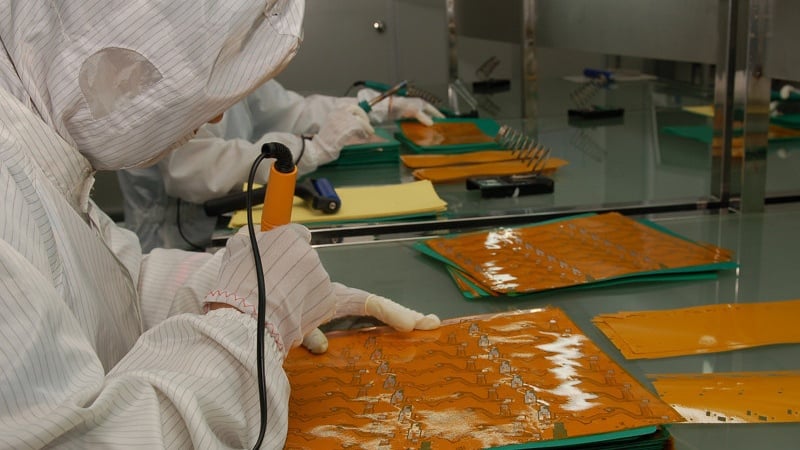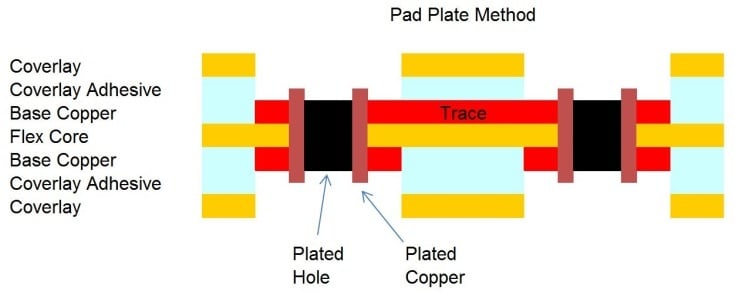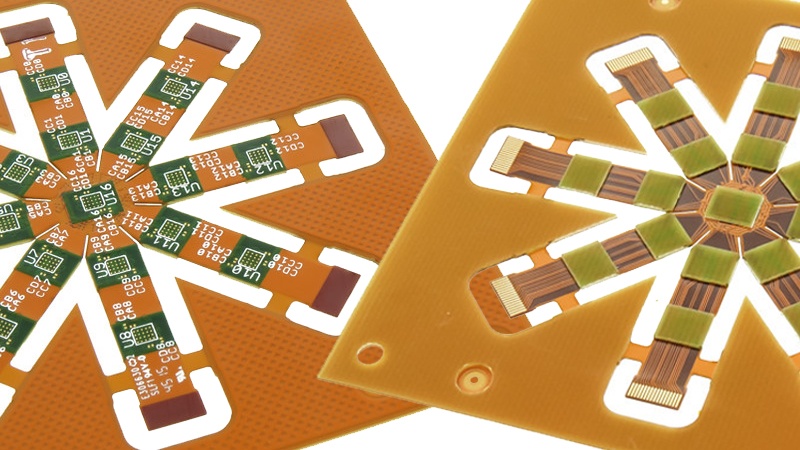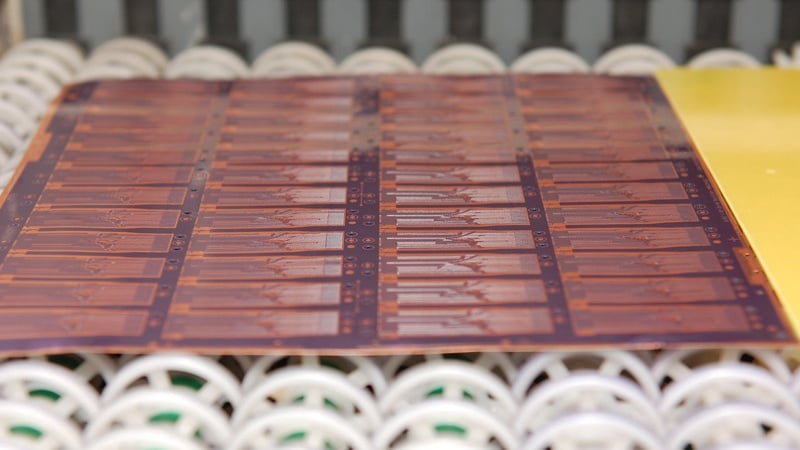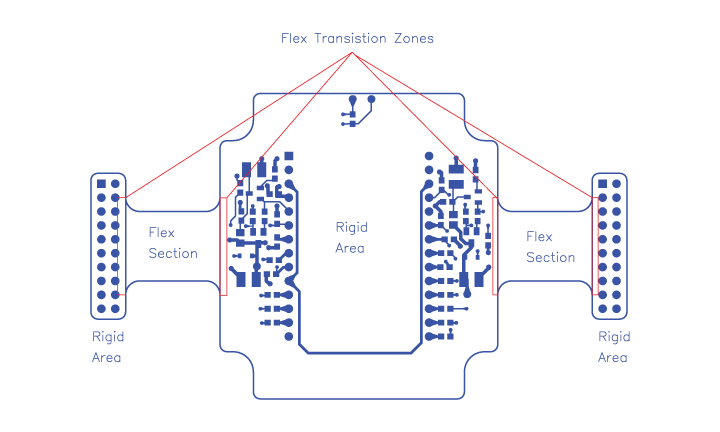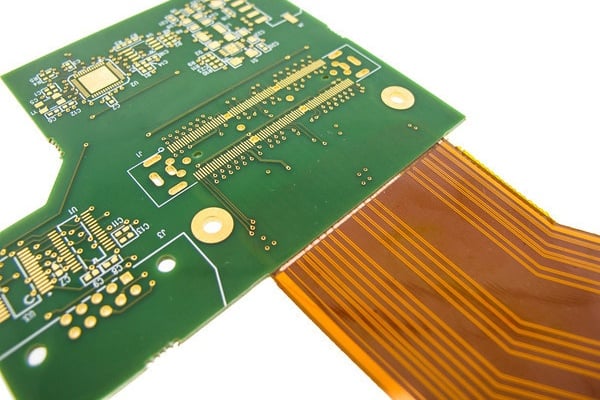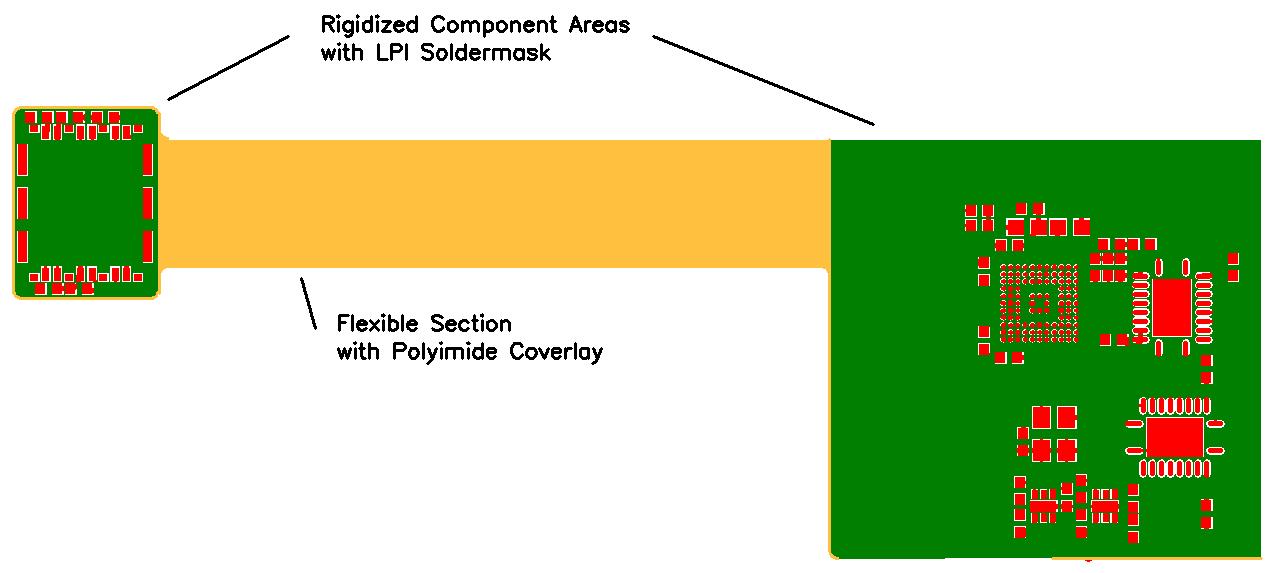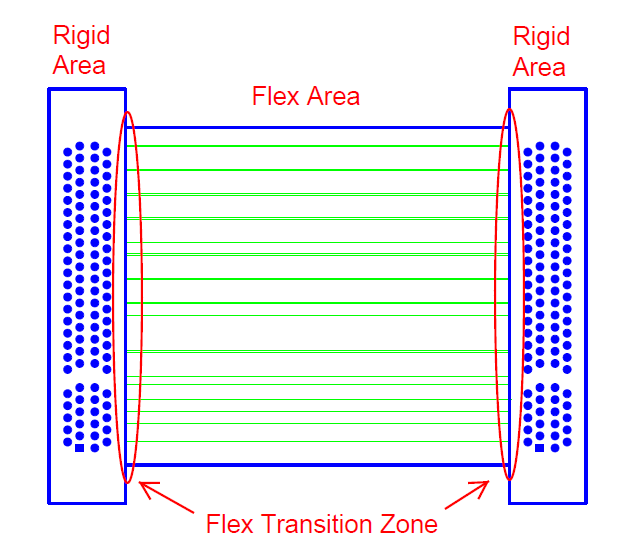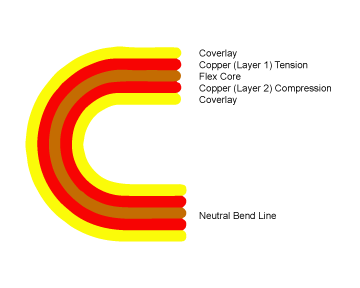Flex circuit suppliers come in a variety of different sizes and stages of financial integrity. Choosing the one that will perform the best for your requirements is an important element to the success of you application. Knowing what questions to ask your flex circuit supplier is essential in choosing who will be manufacturing your flex circuits.
For every flexible circuit board manufacturer, there are some key areas you should be aware of. While flex circuits have some similar characteristics to rigid printed circuit boards, they require very different approaches in the manufacturing process.
In the world of flexible circuit boards, stiffeners are a common requirement in a lot of flex designs. By definition, a circuit board stiffener provides a mechanical support function and is not part of the electrical schematic of a design.
Today, there are well over 3,000 companies that manufacturer printed circuit boards (PCB) in Asia (China, Taiwan, Japan, India, Korea, Thailand) with the supply capacity continuing to grow well ahead of the global demand.
It is critical for any flex circuit design to be free of errors and violations in order to get the application to market as fast as possible without unnecessary delay. To help designers avoid common IPC PCB design standards violations in rigid-flex PCBs, this blog post will discuss three of the most common IPC Association Connecting Electronics Industries design violations.
One question we get asked frequently is: "Why does flex and rigid-flex PCB tooling cost more than rigid PCBs?" The answer is quite simple; flex circuit tooling is a much more complex process than standard printed circuit boards.
Previously, we gave you the definition for flexible circuit coverlay. Now, we go into greater depth discussing the two primary options for encapsulating the external circuit layers of a flex circuit: polyimide coverlay and flexible liquid photoimageable (LPI) solder mask. The two materials have very different capabilities and requirements.
Rigid-flex printed circuit boards are unique in terms of integrated construction of both rigid and flex circuit technologies. Unique construction comes with unique requirements that should be reviewed and implemented during the rigid-flex PCB Gerber layout phase of the design process.
Flex and rigid-flex PCB constructions have many variations that allow for a wide range of applications and solutions. A significant difference to rigid PCB constructions is that uneven layer counts are allowed and frequently used. The primary reasons being reduced flex thickness, improved flexibility and reduced part cost.
Essential to any flex or rigid-flex printed circuit board (PCB) contruction is validation that your flex PCB design will meet your mechanical bend requirements. Minimum flex bend radius requirements were put in place so your design won't exceed the physical capabilities of copper circuitry, which would result in failed parts, long term reliability concerns, and several giant headaches.


